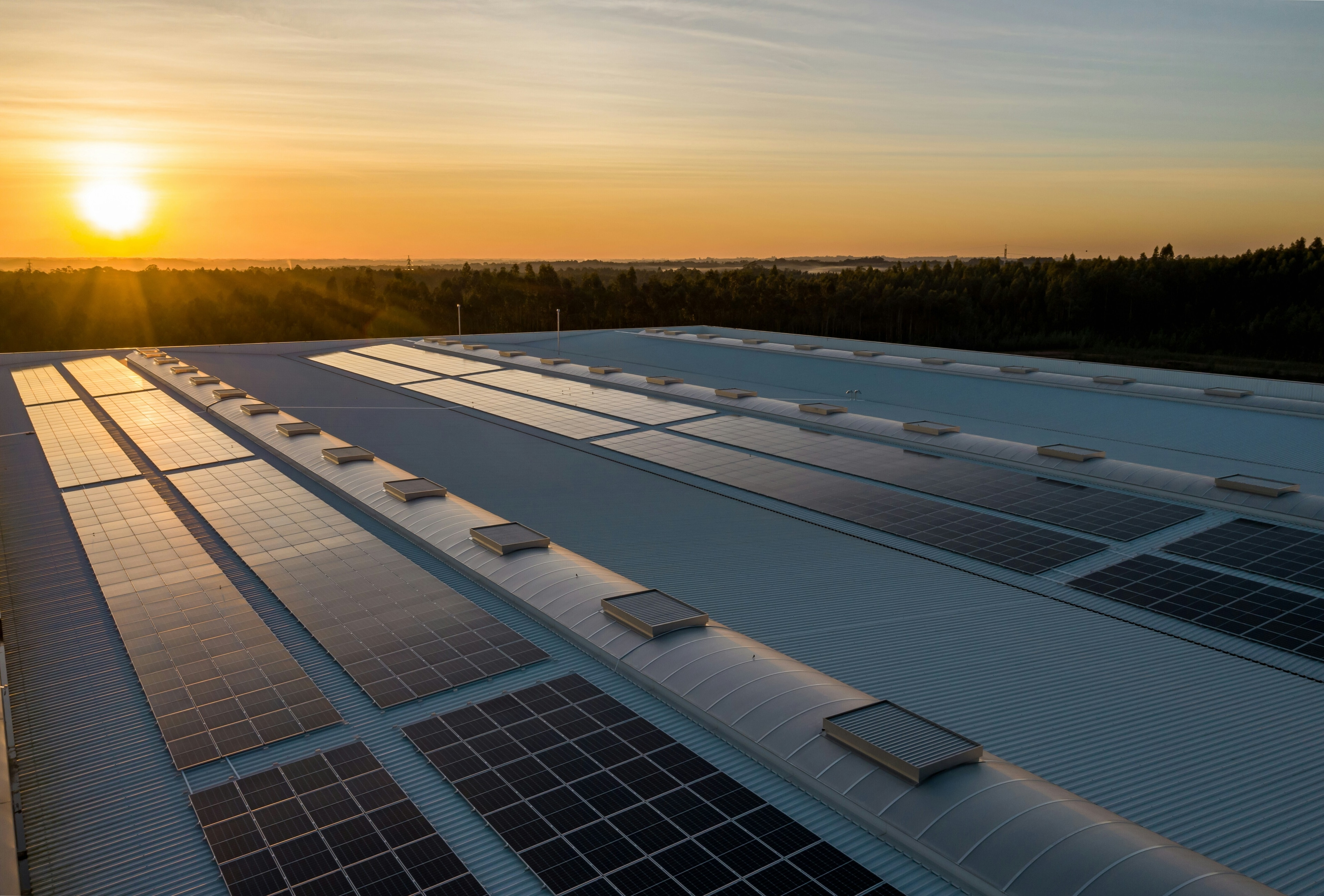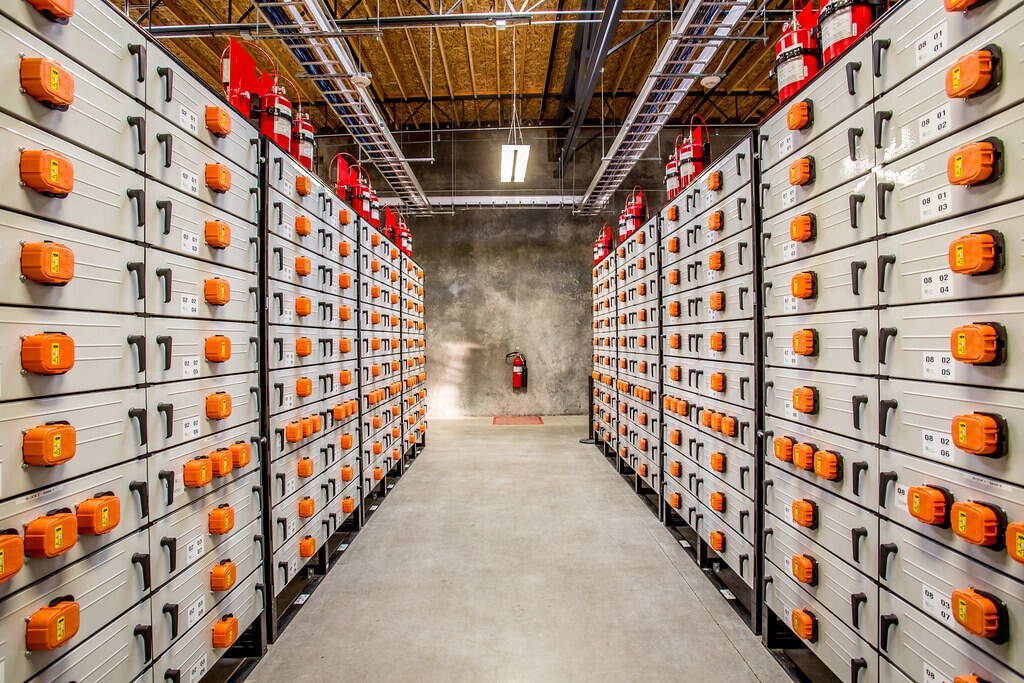What can nanotech bring to the energy sector?


Get involved with our crowdsourced digital platform to deliver impact at scale
Stay up to date:
Decarbonizing Energy
Most important processes in the energy sector happen at the nanoscale. Take solar cells, where photons can free electrons from a material—which can then flow as an electric current—or hydrogen and fossil fuel production, where chemical reactions among atoms and molecules are accelerated by catalysts. In both processes, nanometer-scale engineering can significantly improve their effectiveness and efficiency.
Last April, for example, scientists at the Ludwig Maximilian University of Munich announced the creation of iron-nickel oxide nanoparticles that can increase the efficiency of hydrogen production by a factor 10. Nanotechnology is also being explored in the oil and gas industry, where it can help increase the durability of drilling equipment.
The greatest impact of energy-related nanotechnologies, however, is likely to be in the renewable energy space, where nanotech could prove key in breaking through cost and efficiency barriers. Adding nano needles to black silicon, for example, not only enables the making of solar cells that can absorb more sunlight from a wider range of angles than traditional ones, it also avoids the need to for anti-reflection coating, thus saving costs. A new class of nanomaterial (quantum dots) could also allow solar cells to be deposited as a solution, like printing ink onto paper or painting a wall. While efficiency levels are not yet competitive (9% vs 22% for black silicon), the technology could theoretically reach 45% conversion efficiency—and spraying solar cells would be both faster and cheaper than building them from silicon.
Nanotechnology will also prove important in boosting energy efficiency, including that of networked electronic devices. In 2013, these gadgets collectively consumed some 616TWh—more than Germany’s total electricity consumption. By 2025, this figure is expected to nearly double, reaching 1140TWh, according to the IEA.
“The only solution to reduce the energy consumption of logic circuits is to find a new path for voltage scaling and a new energy efficient switch,” says Professor Adrian Ionescu, who heads EPFL’s NanoLab in Lausanne and who is the coordinator of two EU-funded projects—STEEPER and E2SWITCH—aimed at designing next-generation transistors.
The scientists collaborating on this nanoelectronics effort are working on the design of novel Tunnel Field Effect Transistors (TFETs) to reduce the supply of integrated circuits voltage to below 0.25 volts. This, says Mr Ionescu, could “reduce the energy consumption of logic circuits by approximately a factor of 25 and virtually eliminate power consumption when they are in passive or standby mode”. Should this succeed, it would be quite a breakthrough: 80% of the electricity consumption of network devices happens during standby.
As Richard Feynman, recipient of the Nobel prize for physics, famously pointed out in his 1959 speech to the American Physical Society, “there’s plenty of room at the bottom” when it comes to nanotechnology. More than a half century later, this is still true and holds good news for the energy sector.
This post first appeared on GE LookAhead. Publication does not imply endorsement of views by the World Economic Forum.
To keep up with the Agenda subscribe to our weekly newsletter.
Author: Michael Berger is a contributor at GE LookAhead.
Image: A light bulb is seen. REUTERS.
Don't miss any update on this topic
Create a free account and access your personalized content collection with our latest publications and analyses.
License and Republishing
World Economic Forum articles may be republished in accordance with the Creative Commons Attribution-NonCommercial-NoDerivatives 4.0 International Public License, and in accordance with our Terms of Use.
The views expressed in this article are those of the author alone and not the World Economic Forum.
Related topics:
The Agenda Weekly
A weekly update of the most important issues driving the global agenda
You can unsubscribe at any time using the link in our emails. For more details, review our privacy policy.
More on Energy TransitionSee all
Rishabh Mishra
May 14, 2024
Vee Li and Zhang Xun
May 13, 2024
Jesse Saldivar, Alaina Ladner, Marc Starkey and Brittany Syz
May 13, 2024
Fahad Al-Dhubaib
May 10, 2024
Prasad Thakur and Labanya Prakash Jena
May 10, 2024






